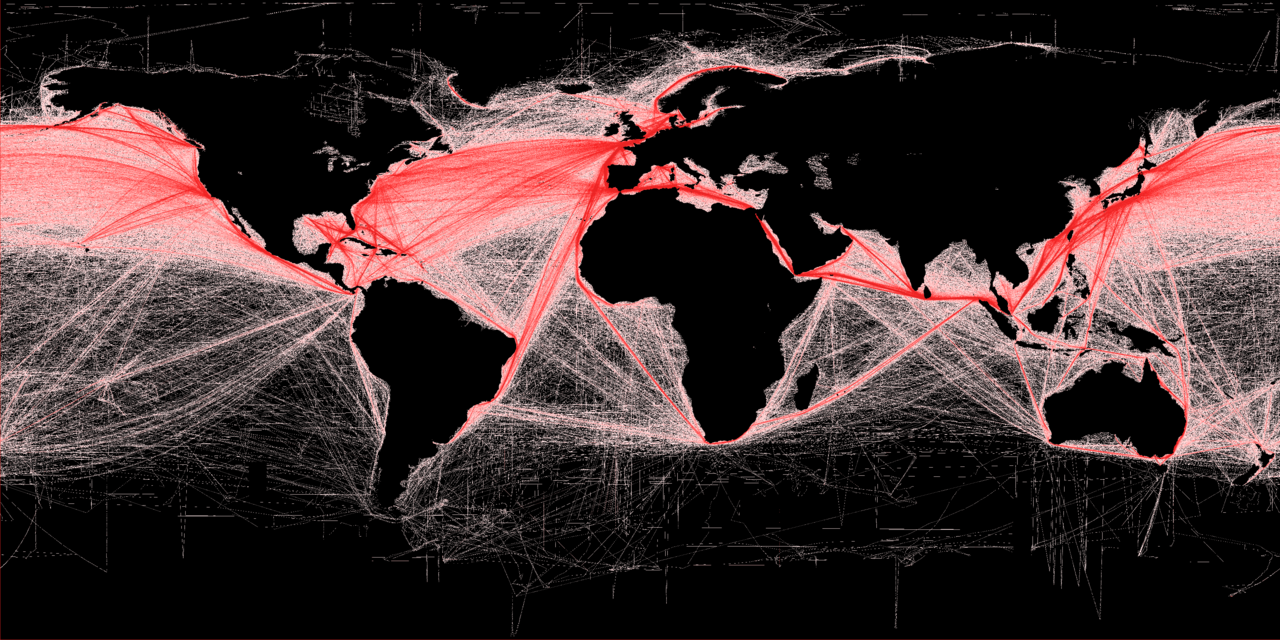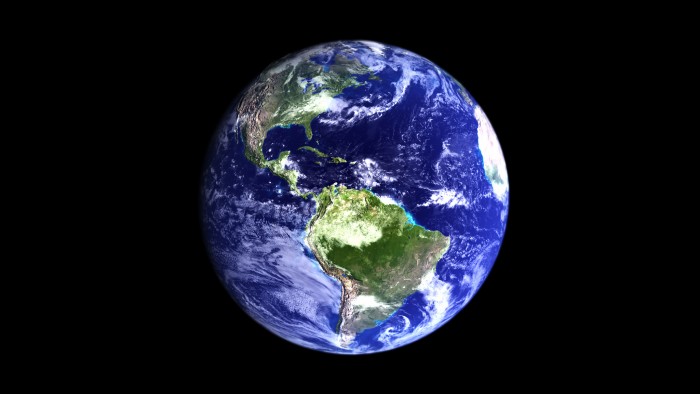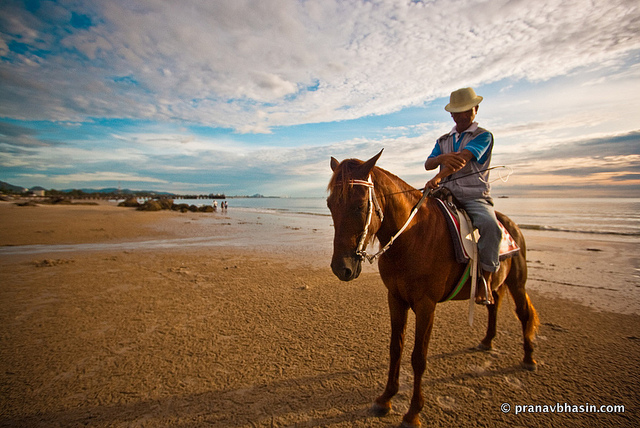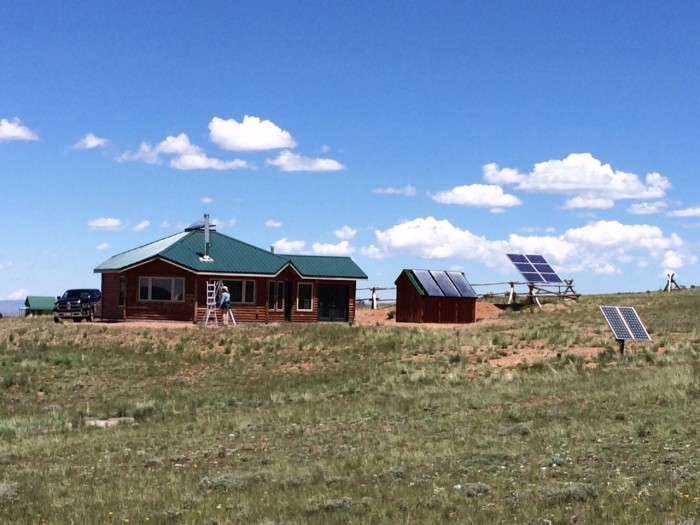“Less Than One But More than Many: Anthropocene as Science Fiction and Scholarship-in-the-Making”
By Heather Anne Swanson, Nils Bubandt, and Anna Tsing
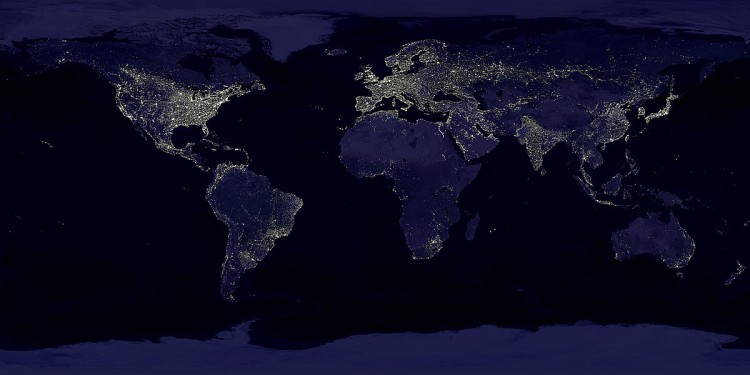
ABSTRACT: How might one responsibly review a field just coming into being—such as that provoked by the term Anthropocene? In this article, we argue for two strategies. First, working from the premise that the Anthropocene field is best understood within its emergence, we review conferences rather than publications. In conference performances, we glimpse the themes and tensions of a field-to-come. Second, we interpret Anthropocene as a science-fiction concept, that is, one that pulls us out of familiar space and time to view our predicaments differently. This allows us to explore emergent figurations, genres, and practices for the transdisciplinary study of real and imagined worlds framed by human disturbance. In the interplay and variation across modes for constructing this field, Anthropocene scholarship finds its shape.
HEATHER ANNE SWANSON, NILS BUBANDT, and ANNA TSING are core members of the Aarhus University Research in the Anthropocene program (AURA). With Elaine Gan, they are editors of the forthcoming Arts of Living on a Damaged Planet: Stories from the Anthropocene and curators of More Than Human: AURA Working Papers. Among their current and forthcoming books are Caught in Comparisons: Japanese Salmon in an Uneven World; The Empty Seashell: Witchcraft and Doubt on an Indonesian Island; and The Mushroom at the End of the World: On the Possibility of Life in Capitalist Ruins.
DOI: http://dx.doi.org/10.3167/ares.2015.060109
Free PDF Download
This article is Open Access under license CC-BY-NC-ND 4. To access all of the articles of Environment and Society Volume 6, which specifically focuses on the Anthropocene, visit the journal’s website here.


